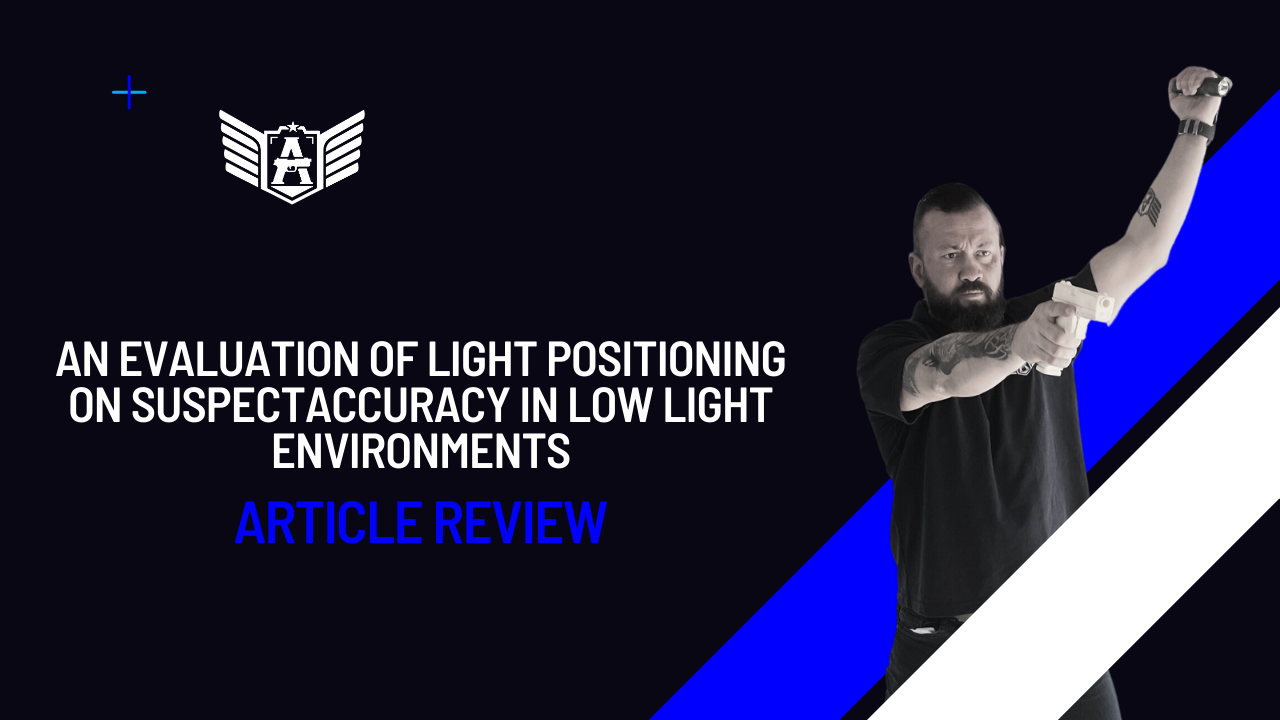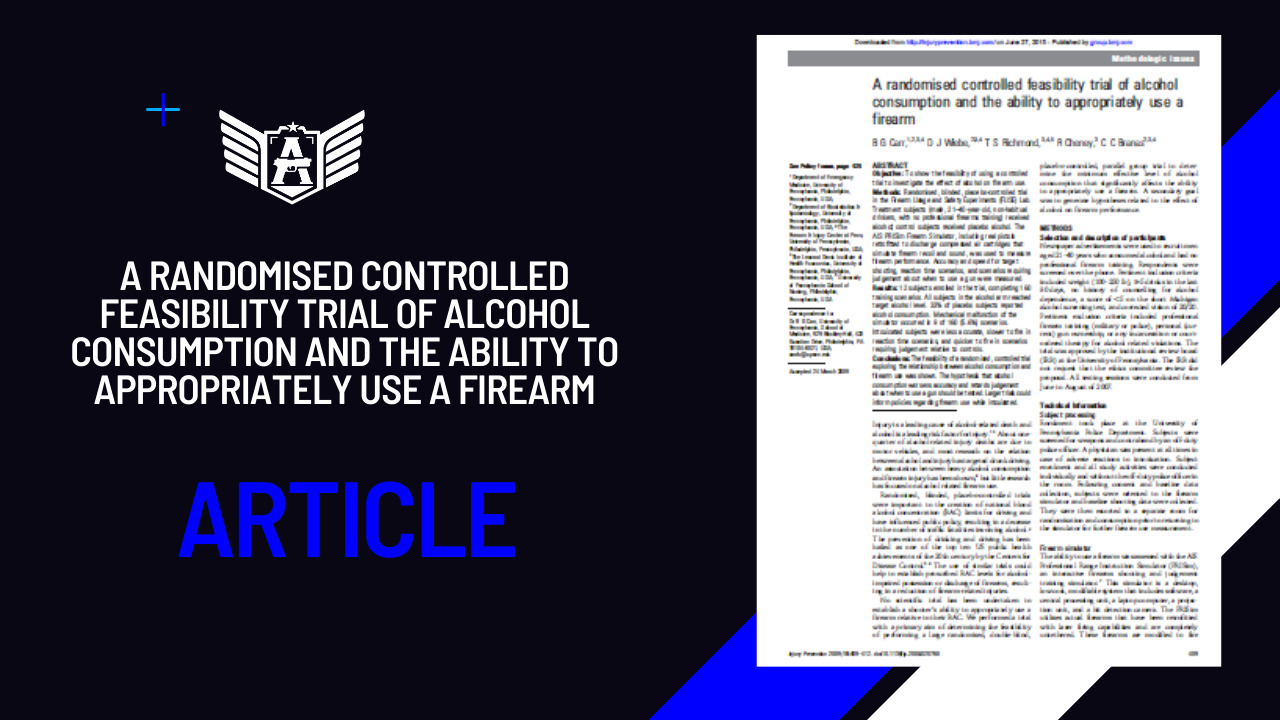In a recent study led by J. Pete Blair, M. Hunter Martaindale, and Emily D. Spivey, the intricate relationship between flashlight techniques and police accuracy in low-light environments was thoroughly investigated. Policing inherently involves unique occupational hazards, notably felonious assaults and homicides, setting it apart from other professions. The study delved into the challenges officers face in low-light conditions, where incidents are more likely to occur, and emphasized the significance of evidence-based training methods to mitigate risks.
The research focused on three common flashlight techniques: Harries Style (light held in front of the chest), Neck Index Style (light positioned by the officer’s shoulder), and Dagger Style (light extended out to the side). Results revealed that 73% of participants fired at the officer when the light was activated. Notably, participants using the Dagger technique demonstrated significantly lower accuracy, affirming the initial hypothesis that flashlight techniques placed away from the officer’s body can reduce suspect accuracy.

These findings carry substantial implications for law enforcement training programs. The study highlights the need for tailored training methods that consider the nuanced challenges officers face in low-light scenarios. Officers utilizing Harries or Neck Index styles were found to be 1.5 times less likely to be hit than those employing the Dagger technique, underscoring the importance of selecting appropriate flashlight tactics to enhance overall officer safety.
J. Pete Blair, M. Hunter Martaindale & Emily D. Spivey (2021): An Evaluation of
Light Positioning on Suspect Accuracy in Low Light Environments, Justice Evaluation Journal, DOI:
10.1080/24751979.2021.1970482





Light discipline training should include all sources to raise officers consciousness of silhouetting, illuminating and blinding colleagues, distraction, loss of night vision and others. This should include arrival in support and headlight (vehicle) use, building IR sensitive lighting coming on unexpectedly, teamwork in illuminating the suspect from cover for colleague officers to address with gun cover. You might recognise other risks to add to these considerations. Tactics win.